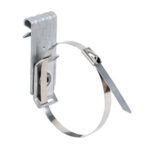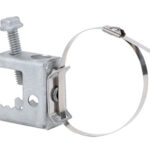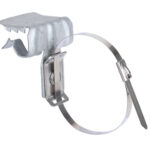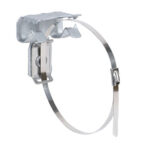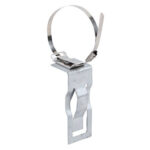The 18th Edition of the IET Wiring Regulations (BS 7671) came into effect in January 2019. Here is a summary of what changed and what it means for the fixing of cable and wiring systems.
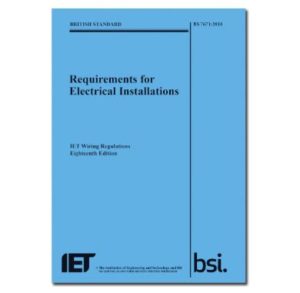
In previous regulations, the requirement for additional support of wiring systems was stated only to be necessary in “escape routes”. In the 18th Edition, this terminology was changed to state that additional support is required in “access or egress routes”. What does this mean? It means that not only escape routes must be well protected, but also any entry routes into the building.
The 18th Edition also explicitly states that plastic clips cannot be used as the sole or “main” method of support for cables in entry and exit routes. Metallic fixing must also be used to reduce the risk of cable fixings failing and causing obstruction.
When fixing cables to exposed horizontal surfaces, the spacing of metal fixings should be approximately every 300mm. For vertical running cables that are exposed, a metal clip every 400mm is recommended. Plastic fixings can be used in addition to the recommended number of metal fixings, but should not be used without them.
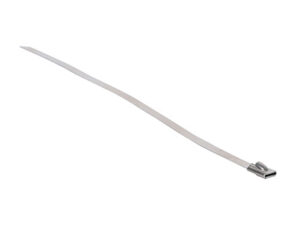 It is recommended that larger cables and cable bundles are fixed within metal cable containment. The use of metal fixings such as stainless-steel ties in conjunction with metal containment ensures maximum compliance with the 18th Edition.
It is recommended that larger cables and cable bundles are fixed within metal cable containment. The use of metal fixings such as stainless-steel ties in conjunction with metal containment ensures maximum compliance with the 18th Edition.
Walraven’s range of Britclips® Electrical Fixings are made of spring steel CS70 and are suitable for use in entry and exit routes as long as they are installed in accordance with the 18th Edition guidelines.
For those clips traditionally fitted with plastic saddles and plastic cable ties, there are now options for our most popular cable support clips to be fitted with stainless steel saddles and cable ties, making them suitable for use in access and egress routes. These include: Beam Clip Saddle Combi, Beam Clip Reverse Saddle, Master Clamp, VF1 Vertical Flange Clip and T Bar Angle Bracket.
